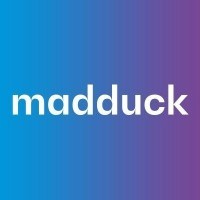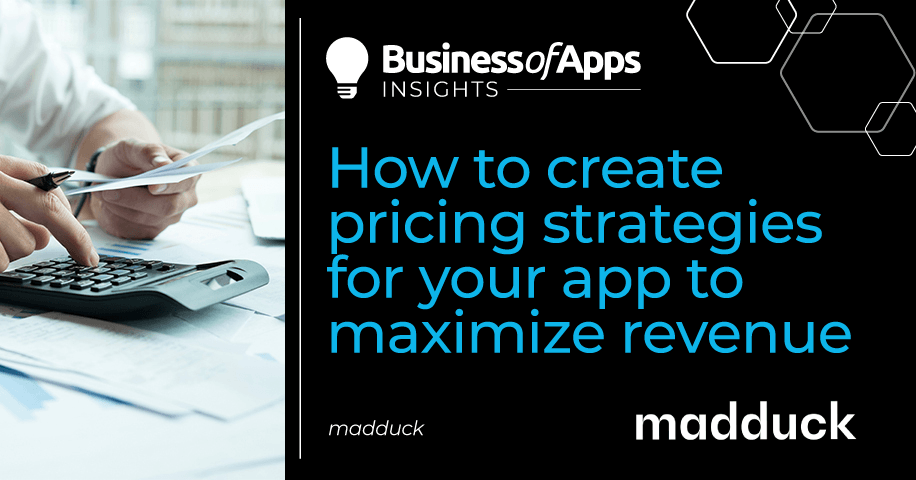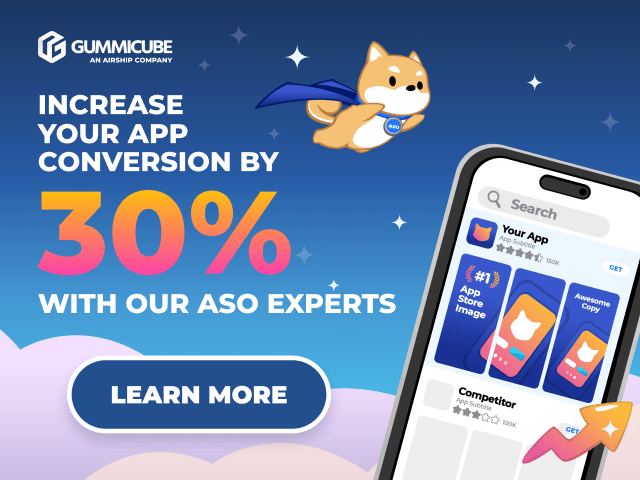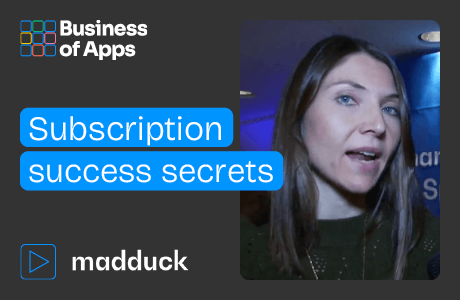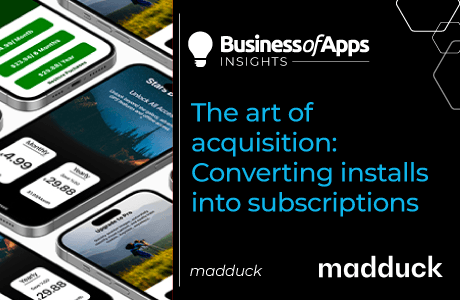Pricing is one of the fundamental components of the marketing plan for apps. It can also be one of the most infuriating and challenging concepts to nail down. It cannot be easy to pinpoint exactly how much your app is worth, whether that’s from a financial, cost-benefit, or emotional standpoint.
Crafting the perfect price point is no easy feat, as it involves unraveling the intricate layers of value – financial, cost-benefit, and even emotional – that your app brings to the table. Pricing affects your profits and whether your app will succeed. But worry not, for we have your back.
In this article, we’ll guide you through the essential first steps, shedding light on the paramount importance of pricing in the app ecosystem. We’ll solve the enigma surrounding app pricing, providing you with the tools and knowledge to confidently navigate this critical domain.
Let’s embark on this exhilarating adventure together, where we’ll connect the dots, captivate your imagination, and seize every opportunity that pricing presents.
How do you price apps?
One of the best methods to determine an app’s price is through market research and competitive analysis. This helps you understand how much your app is worth, based on similar apps in the market. So that you know whether you are over-pricing or under-pricing your app to increase sales and revenue.
If you plan on launching different versions of your app, then it’s best to conduct extensive research to determine the accurate pricing for each version.
This can be done by looking at competitors in the same space, or by checking out the related category in the App Store. Once you have determined the price for each version, then you can simply add additional tiers based on your research and fill out this checklist.
How much should you charge for a mobile app?
The simple answer is: it depends on many things. To give a definitive number, you can start by doing research about your competitors and the market of your app.
As a result, you will find out that the prices vary within a specific range. You can charge your app accordingly and make your app fit for the market. But this step is only recommended if you’re just starting out and have a limiting budget that you cannot move your pricing operations any further.
However, if you have the budget and expertise, the best way to charge your app is by conducting A/B tests. After you’ve comprehended the market you’re in and found the pricing range that your app can have, you can test two different prices and determine which one will be preferred more by the audience. Then you can start with the ideal pricing that the audience found more beneficial and appealing.
How to maximize your LTV and conversion rate with the right pricing strategy
The main goal of your pricing strategy should be maximizing the Lifetime Value (LTV) and Conversion Rate (CR) of your mobile app. Knowing these terms and applying them to your strategy accordingly, will help you to reach your ideal results.
Understanding Business to Consumer (B2C) businesses and behavioral economics will help you go a long way on your pricing journey. As an app developer, marketer, or entrepreneur you shouldn’t price your app once and then leave your pricing efforts for good.
B2C refers to selling products directly to customers. Mobile apps that are working with a subscription model are considered to have a B2C business model.
To be monetized in an optimal way, B2C apps should focus on their potential users, their habits, personalities, and behavior. Customer or User-Oriented Businesses should run tests based on different countries and demographics. The tests they will conduct should be created in accordance with their users in terms of visuals, content, advertising efforts as well as pricing.
For the pricing stage, understanding behavioral economics and the way your users make decisions and take action is the next important step. But what’s behavioral economics?
Behavioral economics studies the effects of psychological, cognitive, emotional, cultural, and social factors on the decisions of individuals.
Behavioral economics is sometimes referred to as Behavioral Finance as well. It is an interesting field that explains why people do not always make the best decisions. Instead, they lean toward habits and are influenced by emotions and external factors.
Behavioral economics is used in economics to understand individual behavior, but it is also valuable in product design and marketing too. If you can design a product that influences users’ emotions and encourages them to make decisions that align with your needs, you will be able to increase your profits.
According to behavioural scientist Jeni Miles, subscription apps should be connected with user motivations, make the benefits clear, and should have a strong context. So; the visuals, design, and content of your app should be created in consideration of this information about your app and your potential users.
Using behavioural economics to convey the value of paid app subscriptions
Source: Jeni Miles via Medium
In the research conducted by Google, the barriers users face before subscribing to an app are identified below.
Barriers to subscription
Source: Google
Results of the research also showed that users generally find their strongest motivation in three concepts:
The power of now
The “Power of now” concept is, bringing future-term goals to now. Convincing users that they’re making a long-time investment, but also the benefits they will see will start today. For example, depending on the solution your app provides, you can explain that the long-term goal they will achieve starts today.
Reciprocity
The “Reciprocity” concept is, showing some kind of benefit to your users, creating some kind of warm effect such as sharing a free tip and making them feel coached and encouraged toward their goal.
Salience
The “Salience” concept is, making users imagine and understand the experience of the subscription version of your app. Many apps limit access and finalize the experience before letting users understand the paid version of the app.
For each concept, you can create specific solutions based on the character of your app and the solution it’s providing.
In the intricate realm of app pricing, simplicity is a deceptive illusion. It transcends the mere act of gauging market demand and requires a meticulous blend of research, testing, and relentless trial and error.
Rest assured, for we are here to equip you with the wisdom of experts, unveiling the hidden path towards building a thriving app business. With an open mind and a steadfast plan as your guiding compass, you can forge the foundation of a prosperous future for your apps.
As the pieces of the puzzle fall into place, a sense of triumph awaits, and the sweet taste of success will be all the more gratifying. Rejoice in the realization that your dedication and expertise have borne fruit, paving the way for a celebration well-deserved.
Now, step forward with confidence, embrace the ever-evolving landscape of app pricing, and relish the journey towards a thriving app business that sets you apart from the competition.
Let’s discuss how to embrace pricing strategies that maximize revenue potential.

